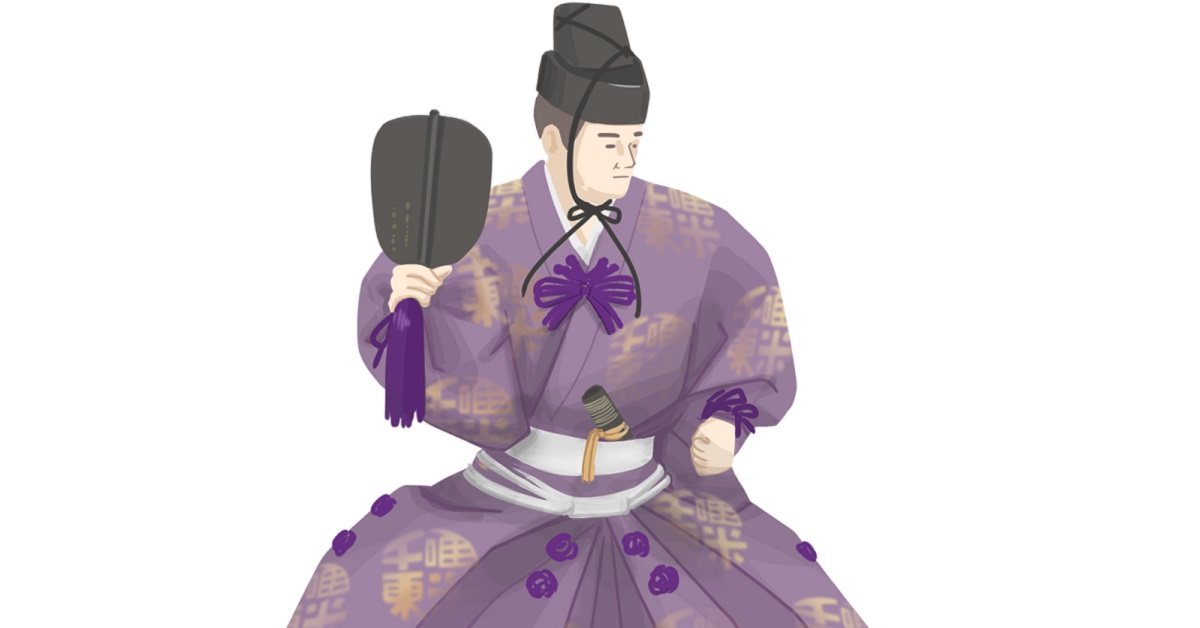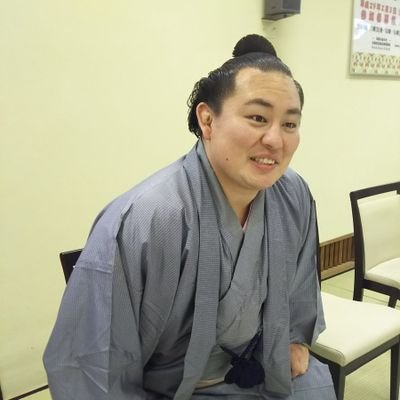A Tategyoji is the highest-ranking referee in professional sumo, embodying the discipline, precision, and spirit of Japanese tradition.
Every gesture and decision he makes on the sacred ring reflects centuries of ritual and honor.
In this article, we explore the history, responsibilities, and symbolic meanings—including the dagger that signifies his unshakable resolve.
What Is a Tategyoji?
The Tategyoji is the supreme authority among all sumo referees, responsible for every action that takes place in the ring. He manages the match proceedings, announces winners, and performs rituals that uphold the ceremonial nature of sumo.
Referees are promoted through several ranks, beginning at the lowest level, Jonokuchi Gyoji, and progressing through years of experience until reaching the rank of Tategyoji. Every gesture, every movement by a Tategyoji carries profound meaning and reflects the sacredness of the sport.
Furthermore, the Tategyoji’s role goes beyond officiating. Sumo is not merely a sport—it is a sacred ritual dedicated to the Shinto gods, and the Tategyoji is one of its principal guardians. His presence symbolizes the continuation of an ancient tradition that connects the modern ring with centuries of Japanese cultural heritage.
Hierarchy and Rank of Referees
Sumo referees operate under a strict hierarchy, with the Tategyoji positioned at the top. The table below outlines the structure:
| Rank | Title | Equivalent Status | Primary Duties |
|---|---|---|---|
| Tategyoji | Kimura Shonosuke / Shikimori Inosuke | Yokozuna or Ozeki class | Oversees final bouts and sacred rituals |
| San’yaku Gyoji | Kimura Tamajiro, etc. | Sekiwake / Komusubi class | Judges major matches |
| Makuuchi Gyoji | Kimura Mitsunosuke, etc. | Maegashira class | Handles upper-division bouts |
| Makushita Gyoji | Kimura Masaaki, etc. | Makushita class | Officiates mid-tier matches |
| Jonokuchi Gyoji | New referee | Jonokuchi class | Supervises rookie bouts |
There are only two Tategyoji at any given time, inheriting the historical names “Kimura Shonosuke” and “Shikimori Inosuke.”
These titles are passed down through generations, and attaining them requires decades of experience, discipline, and recognition. The succession of these names represents not only personal achievement but also the preservation of tradition.
The Symbolic Dagger of the Tategyoji
The dagger worn by the Tategyoji is a symbol of responsibility and resolve—a vow that if he were to make an erroneous decision (sashichigae), he would take full accountability.
| Item | Description |
|---|---|
| Name | Dagger (tantō) |
| Meaning | Represents moral accountability for judgment |
| Origin | Rooted in the samurai ethos of the Edo period |
| Modern Usage | Symbolic only—never used literally |
Although no longer used for its original purpose, this dagger represents the spiritual duty to protect the purity and fairness of the ring. When a Tategyoji steps onto the dohyo, the presence of this dagger reminds everyone of the sacred responsibility he bears.
Current Tategyoji Figures
As of 2025, two Tategyoji serve in the Japan Sumo Association.
| Name | Rank | Primary Role |
|---|---|---|
| Kimura Shonosuke | Yokozuna-class | Oversees final day bouts and ceremonial matches |
| Shikimori Inosuke | Ozeki-class | Manages major matches and mentors younger referees |
Both men serve not only as referees but as guardians of tradition and educators for future generations. They embody the balance between fairness, authority, and cultural preservation that defines the Tategyoji’s legacy.
Attire and Ritual Conduct of the Tategyoji
The attire of the Tategyoji is deeply symbolic, expressing both rank and reverence. Every color, garment, and gesture has a precise meaning.
| Element | Description |
|---|---|
| Colors | Gold or purple, representing nobility and authority |
| Headwear | Eboshi (traditional black hat) |
| Tools | Gunbai (war fan) and ceremonial dagger |
| Manner | Begins and ends every action with a formal bow |
The movements, posture, and tone of voice of a Tategyoji are the product of decades of disciplined training. Even the angle of the fan, the position of his feet, and the rhythm of his voice are defined by centuries-old etiquette. The visual harmony of these gestures transforms every match into a living work of art.
The Path to Becoming a Tategyoji
Reaching the rank of Tategyoji requires lifelong dedication. Referees usually enter the Sumo Association in their early teens, starting from the lowest rank and gradually advancing through experience and mentorship.
| Stage | Key Training | Essential Qualities |
|---|---|---|
| Jonokuchi Gyoji | Learns etiquette and basic procedures | Humility and respect |
| Makushita Gyoji | Gains practical match experience | Calm judgment |
| Makuuchi Gyoji | Oversees senior bouts | Technical precision |
| San’yaku Gyoji | Conducts major tournaments | Leadership and composure |
| Tategyoji | Governs all rituals and matches | Integrity, wisdom, and authority |
To become a Tategyoji, one must demonstrate exceptional skill, moral integrity, and a deep understanding of tradition. The title is not just a promotion—it is the ultimate recognition of a lifetime devoted to the art of sumo officiating.
Qualities Required of a Tategyoji
A Tategyoji must uphold the dignity and spirit of sumo itself. The qualities expected of this position are as follows:
| Quality | Description |
|---|---|
| Composure | The ability to remain calm even in moments of intense pressure |
| Grace and Dignity | Every movement reflects the sanctity of the ring |
| Responsibility | An unwavering commitment to fairness and accuracy |
| Cultural Knowledge | Profound understanding of sumo’s history and Shinto roots |
The Tategyoji is often regarded as the “guardian of the dohyo”, a living embodiment of the sport’s sacred values.
Conclusion
The Tategyoji stands as a symbol of sumo’s integrity, tradition, and cultural heritage.
The dagger at his side is a reminder of his absolute commitment to justice, while his attire and gestures represent the timeless aesthetics of Japan’s ritual performance.
When watching sumo, pay attention not only to the wrestlers but also to the movements, voice, and poise of the Tategyoji. Every gesture tells a story of discipline, devotion, and history.
Through his presence, the sumo ring transcends competition—it becomes a sacred stage where pride, faith, and legacy converge.





コメント